The application of machines and better power sources to enhance agricultural production has been one of the most significant developments in agriculture. Mechanization of agriculture is needed for development and optimal utilization of natural resources leading to higher productivity and reduced cost of production for greater profitability, economic competitiveness and sustainability.
Mechanization also imparts capacity to the farmers to carry out farm operations with dignity, comfort and freedom from drudgery, making the farming agreeable vocation for educated youth as well. It helps the farmers to achieve timeliness in farm operations and apply costly input with reduced quantity for better efficacy and efficiency. Small and marginal farmers can now make use of high capacity agricultural machines on custom hire basis. The results of this development can be seen in many aspects such as increase in productivity and production per worker, precision in application of crop inputs, increase in cropping intensity due to timeliness of operations, increase in the quality of produce, reduction in grain losses and increase in farm employment. Mechanization is particularly advantageous when it can minimize a high peak labour demand that occurs over a relatively short period of time each year. Mechanization also encourages better management of farm inputs, improvement in working conditions and performance of jobs that would otherwise be difficult by hand. It also helps in reducing the cost of production.
This book Mechanization of Cultivated Crops covers the farm tools and equipment used in different operations such as land development, tillage, seeding/planting, interculture, fertilizer application, plant protection, harvesting and threshing and residue management. The book can be referred as a textbook for the under graduate students of agriculture and under graduate and post graduate students of agricultural engineering.
Contents: Preface. 1. Introduction. 2. Land leveling equipment. 3. Tillage equipment. 4. Seeding, planting and transplanting machinery. 5. Interculture and weeding equipment. 6. Fertilizer application equipment. 7. Plant protection equipment. 8. Harvesting and threshing equipment. 9. Straw management equipment.

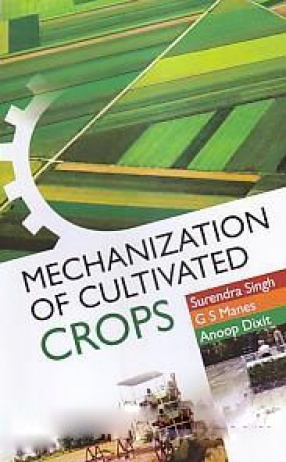
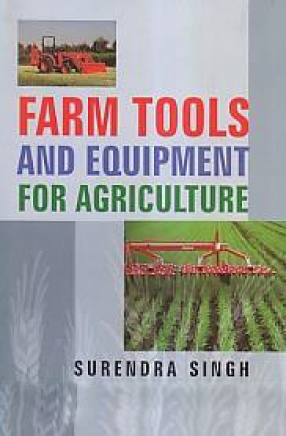

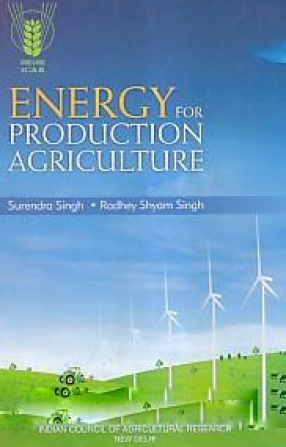

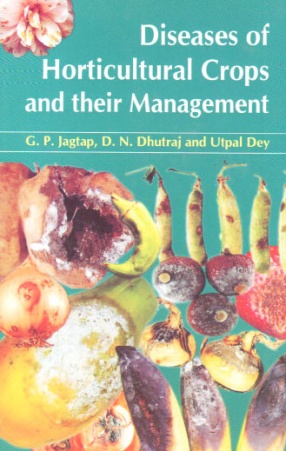
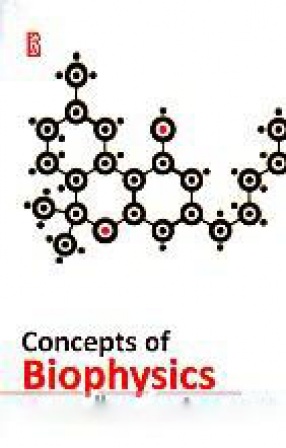
There are no reviews yet.